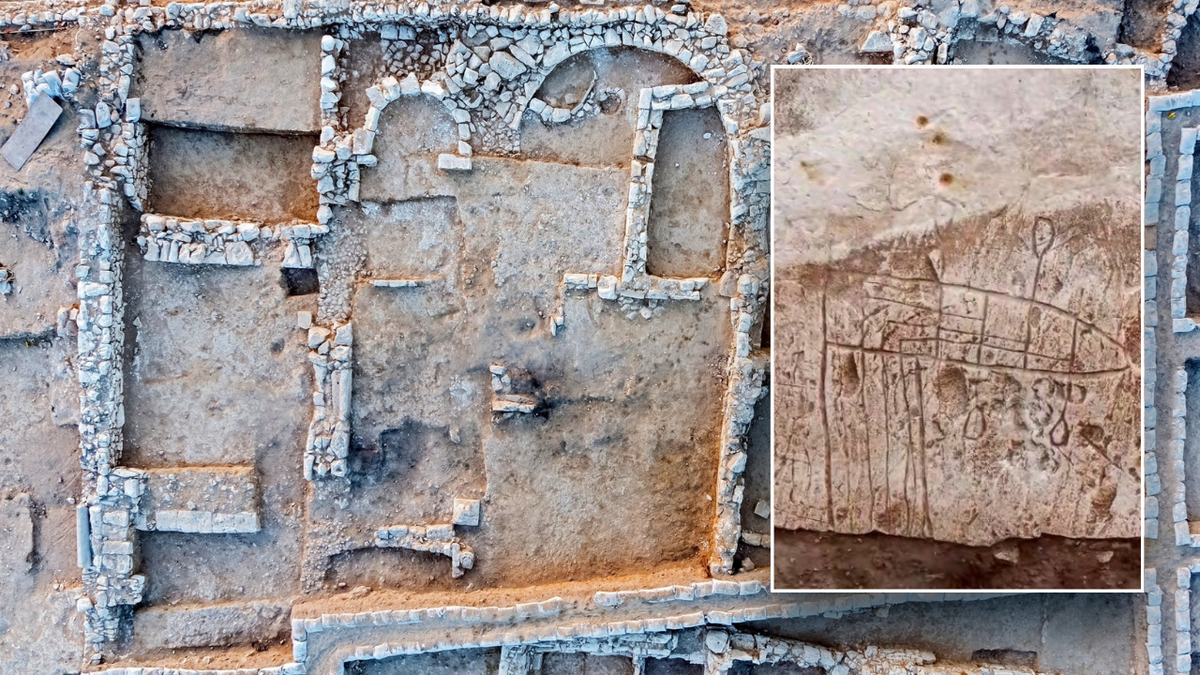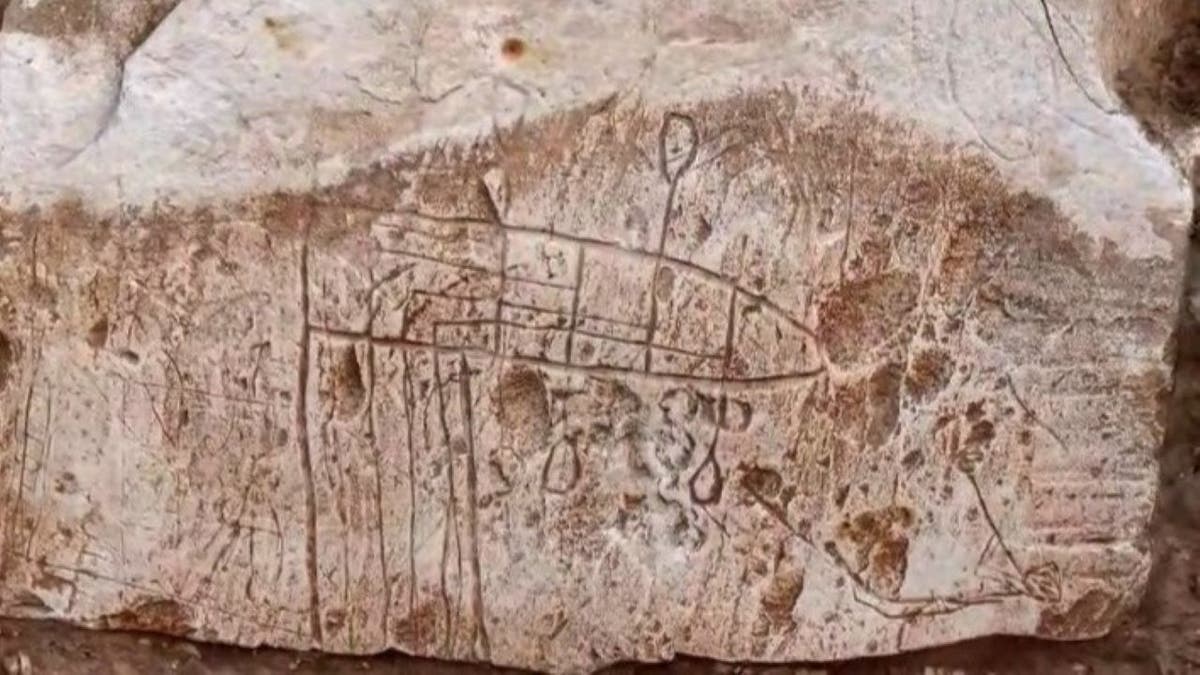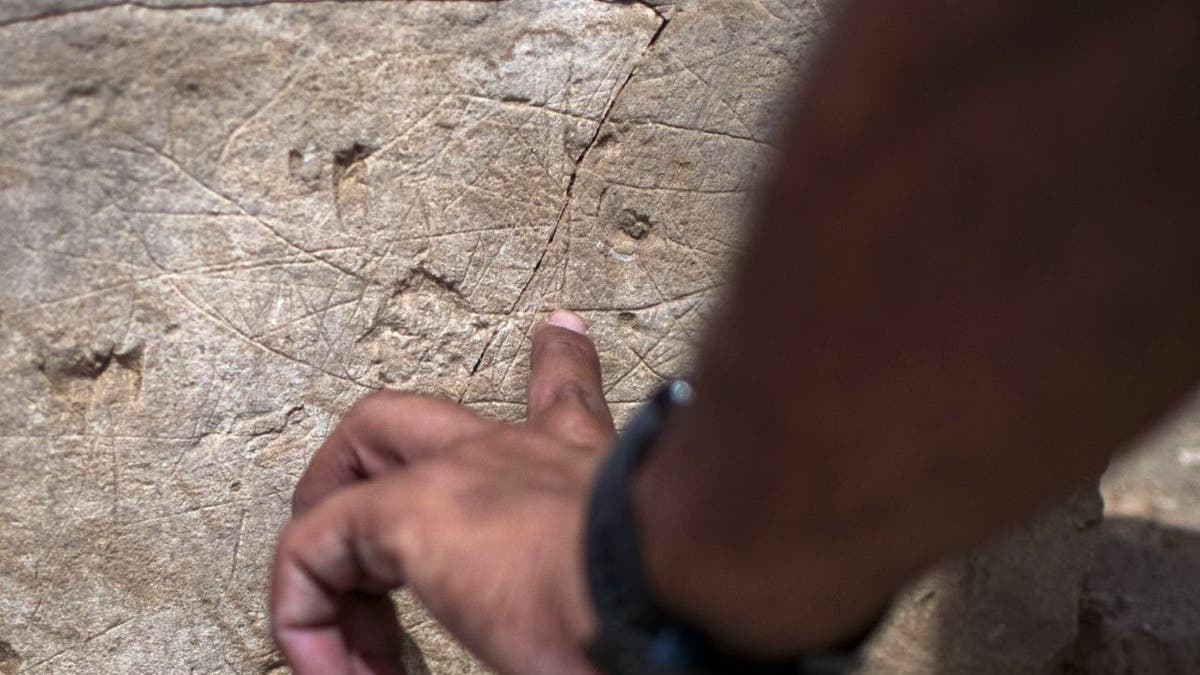Recent archaeological excavations in Israel have revealed a rare find: early Christian art from around 1,500 years ago.
The Israel Antiquities Authority (IAA) announced the discovery in a Facebook post on May 23. The art was found in an ancient church in the city of Rahat, located in the northern Negev Desert.
The church dates back to the Byzantine era, and historians believe the wall art was crafted by pilgrims arriving from Gaza. The art, mostly of boats, was drawn in the sixth century, which roughly marked the beginning of the early Middle Ages.
“These intriguing drawings may have been left by Christian pilgrims arriving by ship to the Gaza port – their first inland stop was this Rahat church; continuing from here on to other sites throughout the country,” the IAA explained.
WOMAN OUT FOR WALK STUMBLES UPON ONCE-IN-A-DECADE DISCOVERY

According to experts, the art was drawn between the end of the Byzantine period and the early Islamic period. Ships have been symbolic to Christianity since ancient times, but archaeologists believe the ships in the drawings may have represented what pilgrims actually traveled on.
“Pilgrims visited the church and left their personal mark in the form of ship drawings on its walls,” the IAA explained. “The ship is indeed an old Christian symbol, but in this case – apparently, it is a true graphical depiction of real ships in which the pilgrims traveled to the Holy Land.”
The early Christians were likely on their way to ancient sites in Jerusalem and Bethlehem when they stopped in the Negev.
MICHIGAN RESEARCHERS DISCOVER EERIE 1909 SHIPWRECK AT BOTTOM OF LAKE SUPERIOR

“The pilgrims began their pilgrimage following Roman roads leading to sites sacred to Christendom, such as Jerusalem, Bethlehem, the monasteries in the Negev Hills, and in the Sinai,” the Facebook post added. “It is reasonable that their first stop after alighting from the ships in Gaza port was this very church revealed in our excavations south of Rahat. This site lies only a half-day’s walk from the port.”
As for how the historians analyzed the imagery that the pilgrims left, one expert speculated that an artist may have attempted to draw a three-dimensional drawing of a ship.
CLICK HERE TO SIGN UP FOR OUR LIFESTYLE NEWSLETTER

“One of the ships drawn on the church walls is depicted as a line drawing, but yet it may be discerned that its bow is slightly pointed, and that there are oars on both sides of the vessel,” Professor Deborah Cvikel said in a statement. “This may be an aerial depiction of the ship, though it seems the artist was attempting a three-dimensional drawing.”
“It may be that the lines below it portray the path beaten by the oars through the water,” she added. “Ships or crosses left by visiting Christian pilgrims as witness to their visit are found also in Jerusalem’s Holy Sepulchre church. ”
IAA director Eli Escusido called the discovery “surprising” and said that it shines a light on sixth century life.
CLICK HERE FOR THE FOX NEWS APP

“”This surprising and intriguing find of ship drawings in a Northern Negev Byzantine-period church opens a window for us to the world of Christian pilgrims visiting the Holy Land 1500 years ago, and provides first-hand evidence about the ships they traveled in and the maritime world of that time,” he said.
For more Lifestyle articles, visit www.foxnews.com/lifestyle.




